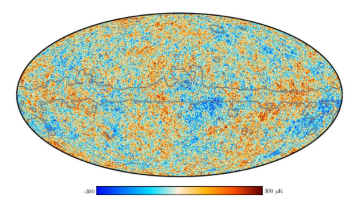North Meets South
Abstract
The classical Riemann-Hilbert correspondence is an elegant statement linking geometry (via flat connections) and topology (via local systems). However, when one allows the connections to have even simple singularities, the naive correspondence breaks down. We will outline some work on understanding this "logarithmic" setting.


